Non-Surgical Facial Skin Tightening in Princeton, NJ
Choose Dr. Brunner for your skin tightening and benefit from her 20+ years of experience. Receive the highest standard of specialized attention for stunning, natural-looking results.
What problems can facial skin tightening help with?
By opting for facial skin tightening at our office in Princeton, you can:
- Achieve a firmer, more youthful appearance without the need for invasive surgery.
- Enjoy reduced costs compared to traditional surgical facelifts.
- Experience minimal downtime, allowing you to return to your daily routine quickly.
- Avoid the need for stitches and the associated scarring and healing time.
- See visible improvements in skin elasticity and firmness, enhancing your natural beauty.
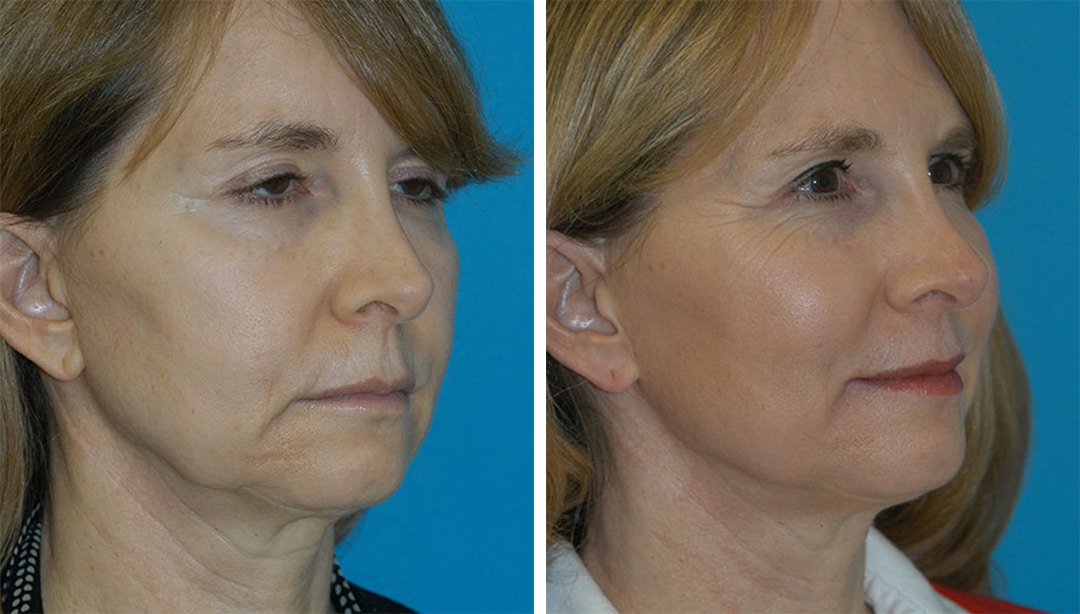
Skin Tightening Treatments We Offer
Ellacor
Ellacor is a revolutionary heat-free device for minimally-invasive skin tightening and wrinkle reduction.
Fractora / Morpheus 8
Fractora / Morpheus 8 features various applicators to enhance and refresh your appearance in numerous ways.
Tri-Zone Laser Lift
Tri-Zone Laser Lift targets a wide range of skin concerns and transforms your skin without the need for surgery.
PrecisionTx
PrecisionTx helps you achieve a smoother, youthful, more defined appearance without surgery.
Nova Thread Lift
NovaThreads improves sagging skin, volume loss, and droopy jowls, resulting in a younger appearance.
Non-Surgical Neck and Facelift
Both procedures reduce signs of aging and refresh skin tone and texture for a healthy, youthful appearance.
Quantum RF 10
Quantum RF 10 is highly effective for treating small areas like the jawline, neck, and under-eyes with minimal downtime.
EmbraceRF / FaceTite
EmbraceRF is an FDA-cleared therapy that can help restore youth and beauty without the need for surgery.
Fraxel Laser Resurfacing
Fraxel laser provides smoother, tighter skin with less wrinkles and more even skin tone and texture.
IgniteRF
IgniteRF stimulates collage production and triggers a tightening effect that smooths skin and enhances natural elasticity, reducing wrinkles and sagging.
Facial Skin Tightening Before and After
Discover the remarkable transformations with our facial skin tightening treatments. Visit our gallery to see our impressive before and after results and envision your own journey to rejuvenation.
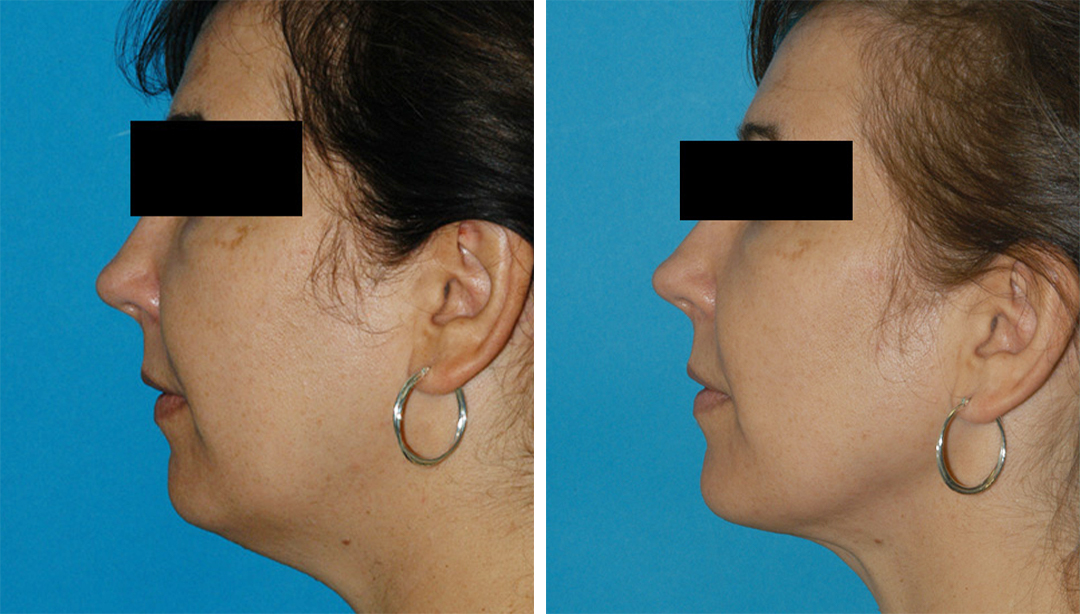
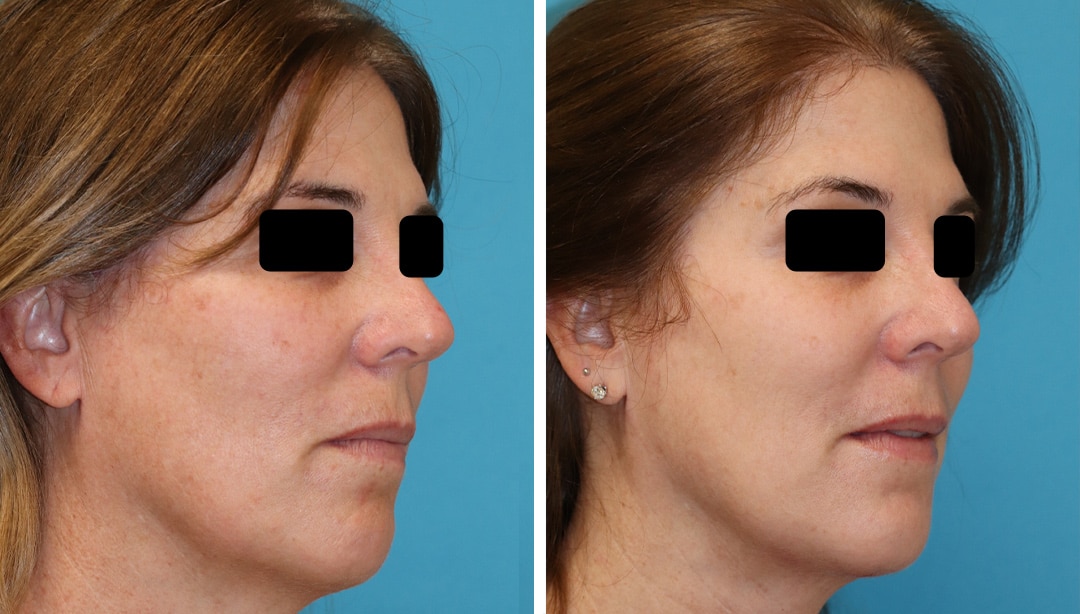
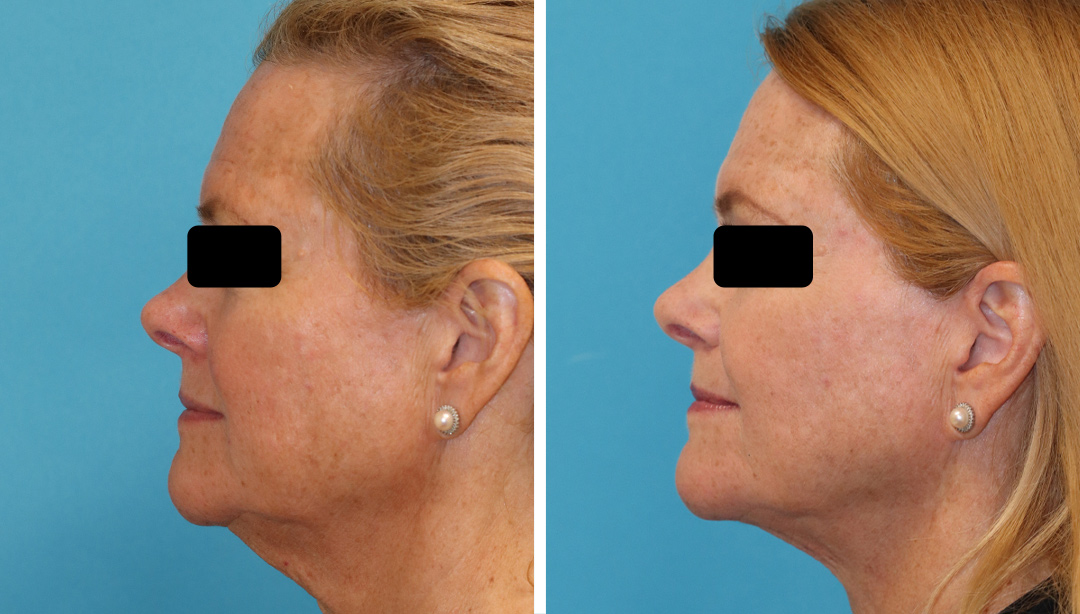
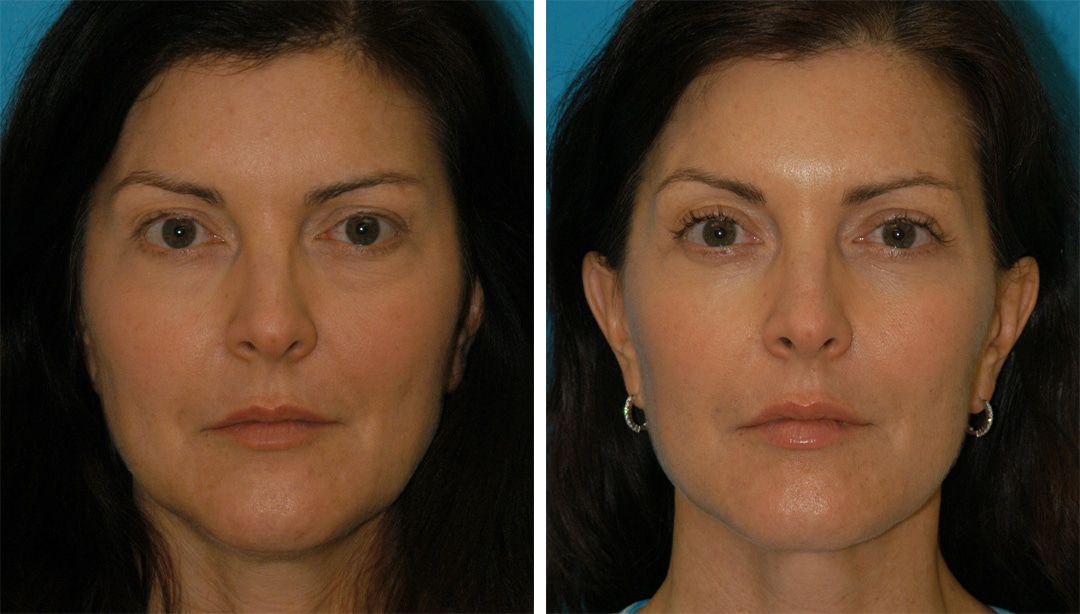
Why choose Dr. Brunner for my skin tightening procedure in Princeton?
Choosing Dr. Brunner means you’re choosing a personalized and caring approach to your skin tightening needs:
Receive the utmost care as Dr. Brunner personally performs all treatments, ensuring optimal results tailored to your needs.
Benefit from a customized treatment plan, meticulously crafted to address your specific concerns and enhance your natural beauty.
Trust in over 20 years of experience and 100,000 successful procedures for results that speak for themselves.
Experience comfort and ease during your treatment, thanks to Dr. Brunner’s use of topical numbing creams and Pro-Nox™ for a pleasant procedure.

Schedule Your Skin Tightening Consultation Today
Embark on your journey towards a more youthful and confident you. Contact us to schedule your skin tightening consultation at our Princeton office and take the first step towards personalized, expert care with Dr. Brunner.
Skin Tightening FAQ
Are facial skin tightening treatments painful?
Our facial skin tightening treatments are designed to be as comfortable as possible. Dr. Brunner uses advanced techniques to minimize discomfort, ensuring a more relaxing and pleasant experience. Most patients report feeling minimal pain, more like a sensation of warmth or slight pressure.
How long do the results of facial skin tightening treatments last?
The longevity of results varies based on the specific treatment and individual factors such as skin type and lifestyle. Generally, results can last several years. To maintain optimal results, we may recommend follow-up treatments and a personalized skincare routine.
Can facial skin tightening treatments be performed on all skin types?
Yes, our range of facial skin tightening treatments can be effectively and safely performed on various skin types. During your consultation, Dr. Brunner will assess your skin type and recommend the most suitable treatment to achieve your desired outcomes.
Are there any risks or complications associated with these treatments?
While risks are minimal, as with any medical procedure, there are potential complications. We prioritize patient safety and will discuss all potential risks and how we mitigate them during your consultation. Common side effects, if any, are usually temporary and may include redness or mild swelling.
How much do facial skin tightening treatments cost in Princeton?
The cost of facial skin tightening treatments varies depending on the specific procedure and the individual treatment plan. We believe in transparent pricing and will provide a detailed quote during your consultation, ensuring you have a clear understanding of the investment in your skin’s health and beauty.
Next, Read About…
Fraxel Re:Pair
The Fraxel Re:pair laser is a non-surgical enhancement that is the premier fractional ablative CO2 laser designed for treatment of wrinkles, sun damaged skin, texture irregularities, acne scarring, brown spots due to sun exposure and aging, and generalized redness.
Dermal Fillers and Injectables
Dermal fillers and cosmetic injectables offer a way to soften the appearance of a wide range of concerns with typically quick results and minimal downtime.
Blepharoplasty
An eyelid lift or blepharoplasty can correct these issues and remove the puffiness and bags under the eyes that make you look worn and tired.



